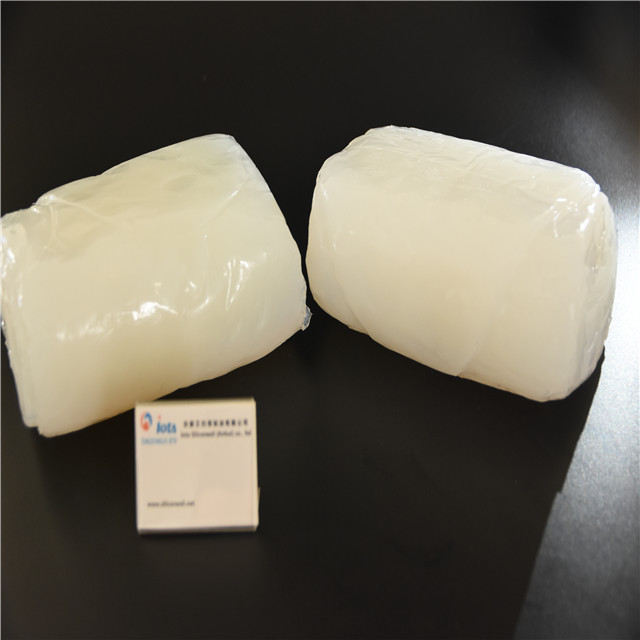On February 17, 2025,
the silicone industry welcomed its annual "good start". At the beginning of the new year, practitioners are making every effort to carry out peak season marketing activities in order to achieve better performance growth in the new year. Industry insiders predict that the pre-sale order volume in January may exceed 100000 tons, indicating the industry's restlessness and vitality in the spring.
Spring restlessness has obvious temporal characteristics in the silicone industry. January is usually in the brewing stage, while February will usher in a better time window, and as we enter March, we may gradually show signs of fatigue. Although the
silicone industry experienced a year long "price war" in 2024, expectations for a "price war" within and outside the industry remain strong in 2025. However, industry dividends are the top priority. The signs of economic stability or recovery will change the way practitioners think, making them no longer view industry trends with a cold winter perspective.

In 2025, the downstream application layer is expected to usher in a situation where a hundred flowers bloom and a hundred schools of thought compete. Domestic brands and international brands such as Dow, Shinetsu, and Wacker will jointly innovate, with the development of "silicone leather" being particularly noteworthy.
Silicon industry insiders believe that the price war in 2024 has reduced marginal utility, domestic demand remains insufficient, and overseas market pressure is increasing day by day. The intensity of competition in 2025 will be the "enhanced version" of 2024, and the industry will enter a critical stage of brand, technology, and value realization.
In the first week after the holiday, the silicone industry ushered in a spring frenzy. Each major unit factory has adopted a "maintenance combination punch" in an attempt to counterattack fiercely. Since resuming work after the Spring Festival, major manufacturers in Shandong have sounded the horn of price increases, and the
DMC benchmark price has risen strongly by 800 yuan, reaching the 13400 yuan/ton mark. Subsequently, the three major conglomerates suddenly closed down and reset their pricing system on Wednesday. On Thursday, the leading DMC in Xinjiang surged to 13800 yuan/ton in a single day, driving second tier manufacturers to collectively follow suit.
According to insiders, the entire industry has reached a strategic consensus to reshape the market landscape by jointly reducing production by about 1.4 million tons. A staggered maintenance plan will be implemented in February and March, with an additional 20% reduction in production capacity based on the existing operating rate. This heroic determination to break his wrist stems from 30 months of sustained losses. According to financial data for 2024, the average loss per ton for individual factories exceeds 1500 yuan, and the industry has accumulated over 10 billion yuan in losses.
This wave of price increases is not a test, but a decisive battle.
The upstream alliance has set a phased target of 14000 yuan/ton and aims to return to the healthy profit range by 2025. Despite the slow recovery of orders after the resumption of work by midstream and downstream enterprises, the resurgence of the second round of expected price increases has forced the procurement department to urgently replenish inventory. The current market presents a typical "seller driven" feature, with a surge of 80% in daily inquiries from traders.
Faced with the whirlwind of price increases, midstream and downstream enterprises are in a dilemma. Chasing price increases and stocking up may lead to price corrections, and waiting and watching may also result in missing the purchasing window. However, the strong signals released by the production end cannot be ignored. The raw material inventory of multiple individual factories has dropped to the 5-day warning line, and social inventory has sharply decreased by 42% year-on-year. This round of supply side reform in the industry will deeply rewrite the ecology of the silicone industry, and survivors are trying to rebuild their pricing discourse power.
